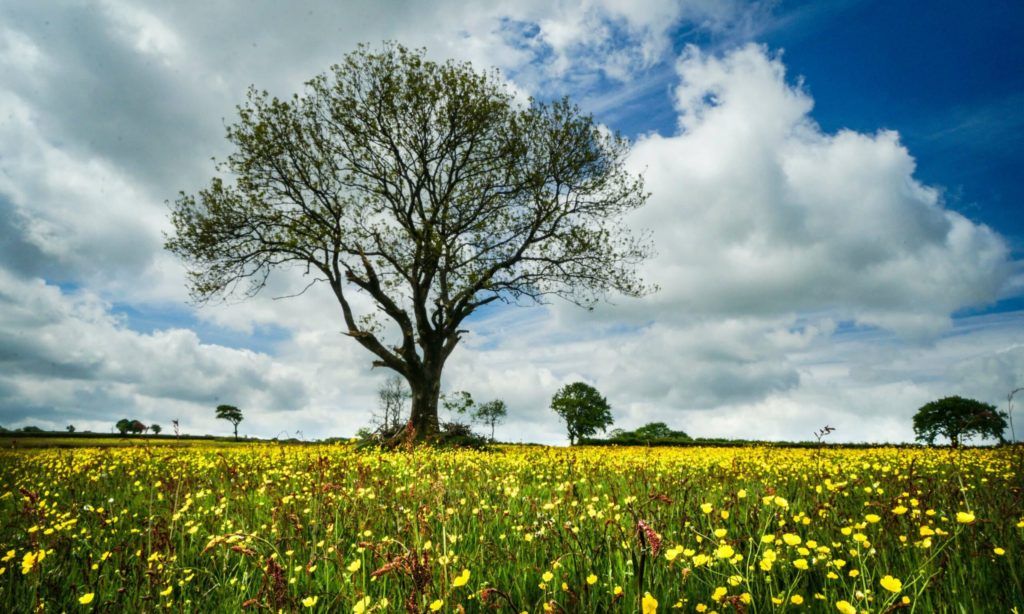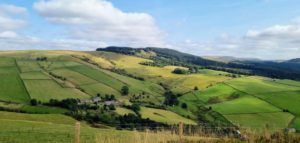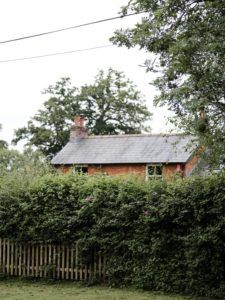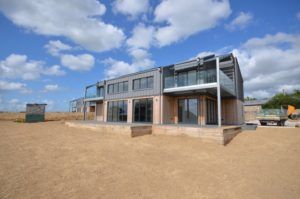Success in Essex for Acorus’ Eastern team for obtaining full planning permission for a residential development within the green belt.
The scheme proposed replacing a building in a commercial use, and an agricultural building, with a development of five houses. Given the site was in a green belt location the proposal had to be demonstrated as being appropriate, given the restrictions on development in green belt locations.
What is appropriate development in the green belt?
National planning policy defines new buildings within the green belt as being inappropriate, making opportunities for development extremely limited. There are however some exceptions to this as follows:
A Local Planning Authority should regard the construction of new buildings as inappropriate in the Green Belt. Exceptions to this are:
- a) buildings for agriculture & forestry
- b) the provision of appropriate facilities (in connection with the existing use of land or a change of use) for outdoor sport, outdoor recreation, cemeteries and burial grounds, and allotments as long as the facilities preserve the openness of the Green Belt and do not conflict with the purposes of including land within it;
- c) the extension or alteration of a building provided that it does not result in disproportionate additions over and above the size of the original building;
- d) the replacement of a building, provided the new building is in the same use and not materially larger than the one it replaces;
- e) limited infilling in villages;
- f) limited affordable housing for local community needs under policies set out in the development plan (including policies for rural exception sites); and
- g) limited infilling or the partial or complete redevelopment of previously developed land, whether redundant or in continuing use (excluding temporary buildings), which would: ‒ not have a greater impact on the openness of the Green Belt than the existing development; or ‒ not cause substantial harm to the openness of the Green Belt, where the development would re-use previously developed land and contribute to meeting an identified affordable housing need within the area of the local planning authority.
The Planning Case & Approach
Given the proposal was to replace existing buildings on previously developed land (in the case of the commercial building), this was considered appropriate green belt development in line with criterion g) above. The scheme presented kept within the envelope of the existing buildings to be replaced, not exceeding existing heights or footprints. Therefore, there would be no greater impact on the openness of the green belt, the key test. In order to accurately demonstrate this, and for an appropriate assessment to be made, the application was made in full, with Acorus’ design team producing detailed plans and elevations to support the planning application which ultimately led to a successful outcome.
Planning Permission Granted, What Now?
The permission is subject to a number of planning conditions, requiring action and the supply of additional details at relevant stages. It is important that these are discharged in line with the requirements to ensure there is no breach of planning.
The client is considering their options for the site. Whether it is sale or development Acorus can help with both.
Having knowledge of the site, gaining the planning permission, and having produced the drawings, Acorus are well placed to assist with a sale.
If developing the site Acorus can produce the necessary drawings for building regulation approval, and construction detail if required, and assist with taking the project to site.






